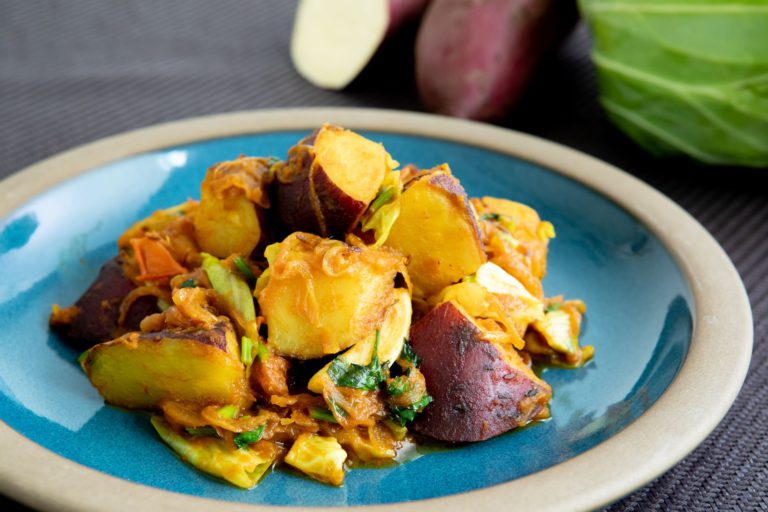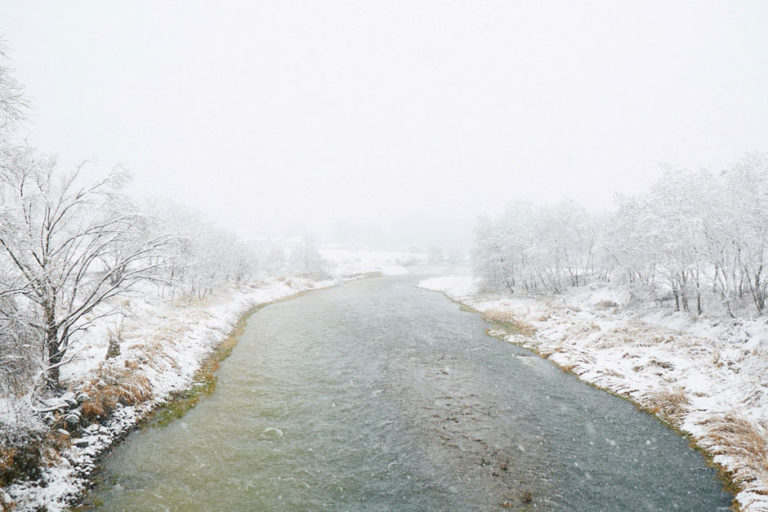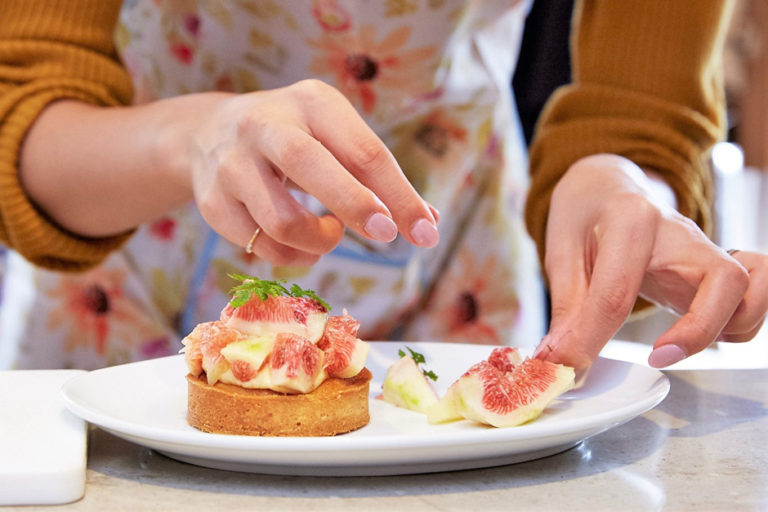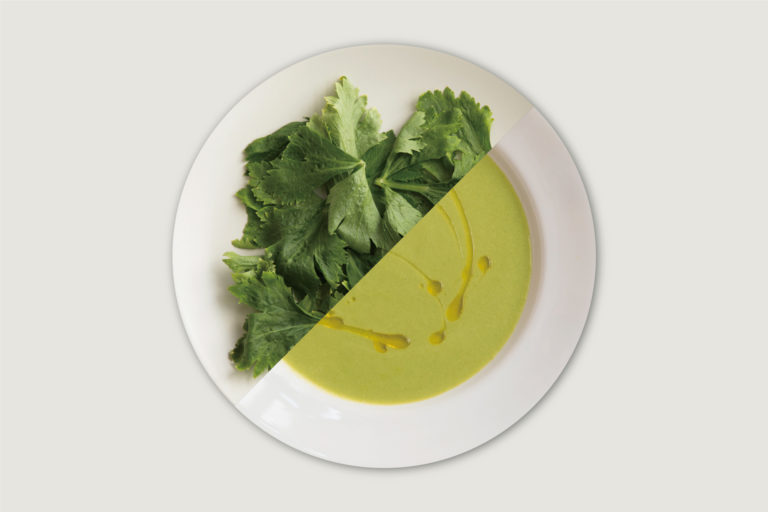A Visit to the Isle of Olives
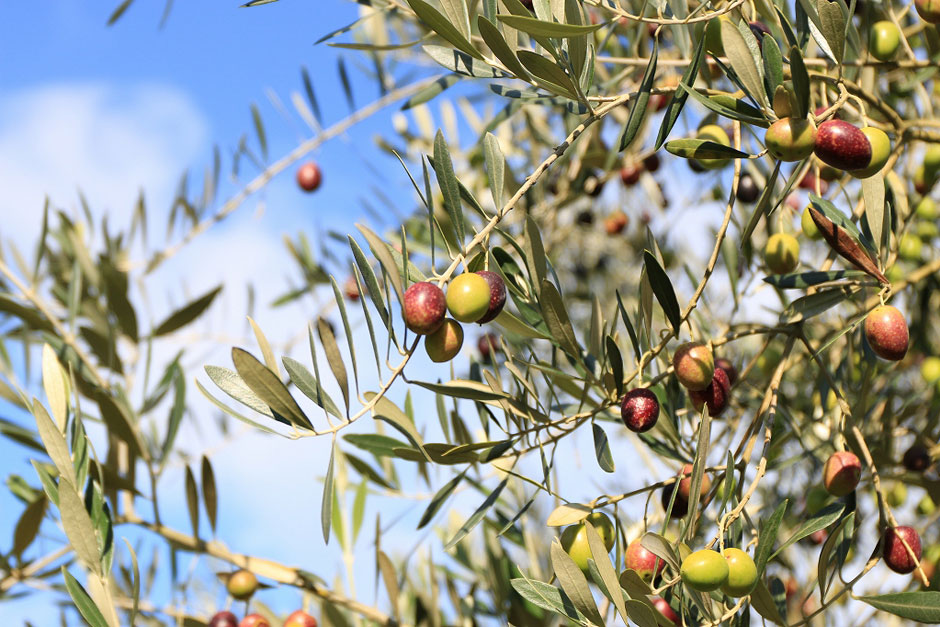
The Beginning of Olives on Shodoshima
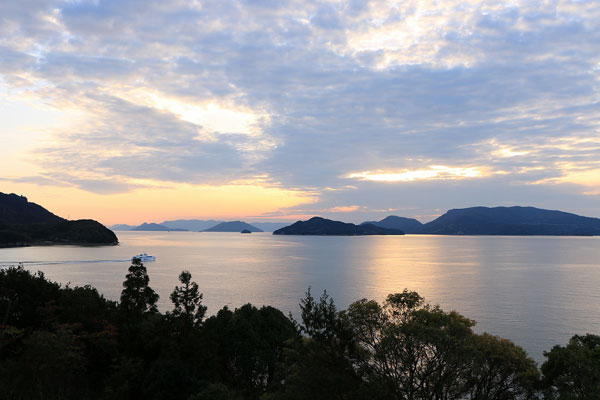
The first olive sapling was brought to Shodoshima in 1908. After Japan expanded its maritime territory following the Russo-Japanese War, there was a need for high quality olive oil to preserve seafood caught in distant seas. For this reason, the Meiji government decided that olive should be produced in Japan, and experimented with planting olive saplings in Shodoshima, Mie and Kagoshima prefectures. However, only Shodoshima met with success. Olives are widely produced around the Mediterranean Sea, and it seems that Shodoshima is also suited to olive production, with its similarly uniform level of sunshine, good air and low rainfall. Later, after much trial and error, olive production began in earnest, with regular farmers taking up cultivation, leading to the olive becoming the renowned leading product of Shodoshima.
There are said to be over 1,000 varieties of olive, however, of these, four main types are grown on Shodoshima?Mission, Manzanillo, Nevadillo Blanco and Lucca.
Painstaking Olive Production
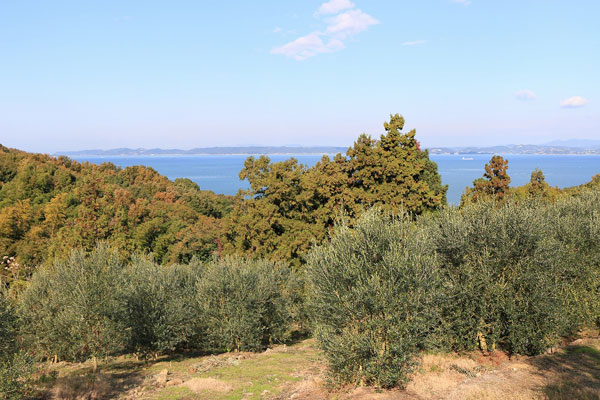
We spoke with Mr. Toshitsugu Yoneda, of Kyoei Okano, who began cultivating olives on Shodoshima’s fallow land five years ago. “There is much farmland on Shodoshima that has fallen into disuse, partly due to the aging population. Originally the land was used to grow mandarins, now I lease half the property from the owner to grow olives. Currently I have 200 olive trees, but initially I faced many difficulties. Challenges included the location on the island’s northern side, which has poor drainage, and the clay soil. Despite the island being generally well-suited to olive cultivation, this particular location was not especially good. I therefore needed to transport soil from other locations to improve the top-soil before commencing production.”
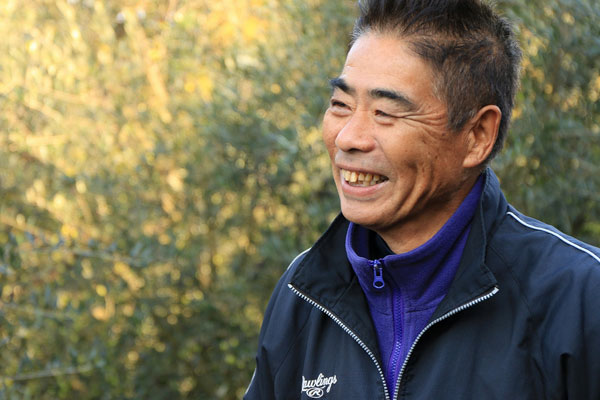
Thereafter, Yoneda remained busy removing weeds, checking for pests and looking after the plantation daily. After four years, the plantation started to produce olives successfully.
“Basically, I take care of the plantation alone, but there are many difficulties, such as preparing support for trees to prevent them falling in typhoons, and lifting up trees when they do fall down. Last year was the first season I was able to produce a decent olive harvest, which made me happy and was also a great relief. I shed a tear despite myself.”
Yoneda says that prior to starting this plantation, olive production was not his field of expertise, but somehow or other it has grown to the point where he now tends some 200 trees.
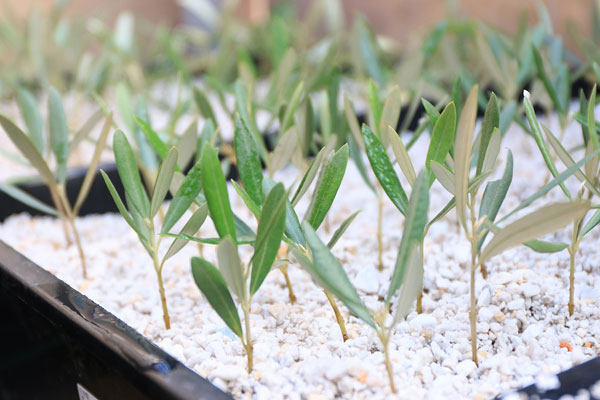
“There is a great deal of olive cultivation expertise on Shodoshima, with plantations numbering up to thousands of trees. I travelled around the island to learn about production, meeting many olive growers in my travels. I learned a great deal from them, but one thing they all held in common, as with other agricultural products, was that the amount of effort expended in manual cultivation has a direct effect on olive production. Consequently, there is a great deal of satisfaction when fruit is produced.” When olives were first introduced to the island, the people no doubt tackled olive production with as much enthusiasm as Yoneda does now.
It has been around 100 years since olives were first introduced to Shodoshima, and the island has grown into the number one olive producer in Japan, however with effort like that of Yoneda, Shodoshima still has the potential for greater olive production.
Culinary Culture for Future Generations
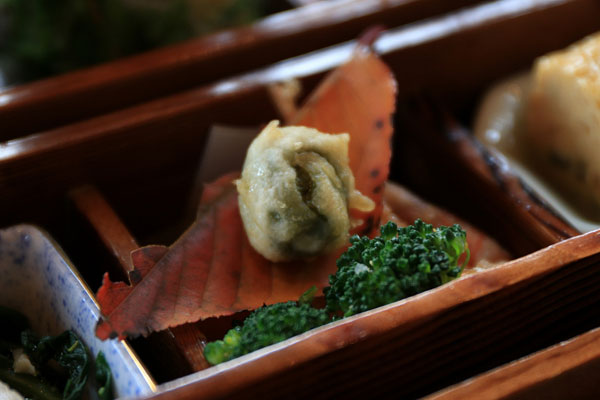
While a portion of the harvest(Timing is critical during the October – November harvest season) is used to make olive oil, some is used for popular foods including pickles and tempura, or for products such as cosmetics.
The people of Shodoshima have grown up in the presence of olives. At the island’s elementary schools, a tradition has existed for over 50 years of each first grade student being presented with an olive sapling upon entering school. The saplings are then grown at each student’s home. Olive trees can be seen everywhere on the island?in people’s gardens and along the roadside?and they are an integral part of the islanders’ lives. In addition, olive oil is used to fry food for school lunches at the elementary and junior high schools, and there is an olive cooking contest at the high schools?opportunities to become familiar with olives are everywhere.
Olives are now a key culinary export of Shodoshima and rest assured the next generation of islanders will maintain this tradition. We witnessed the continued resolve of the people of Shodoshima, which began 100 years ago when olives were first grown here.

